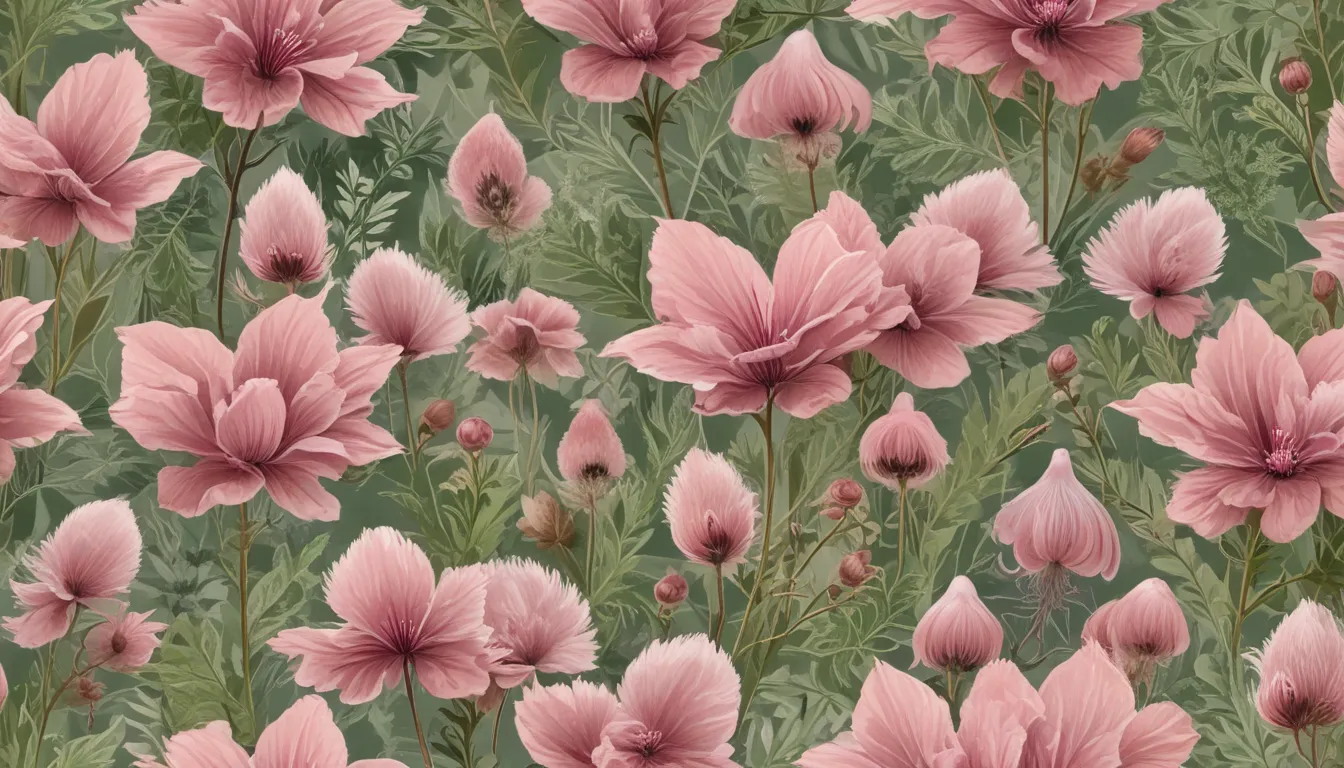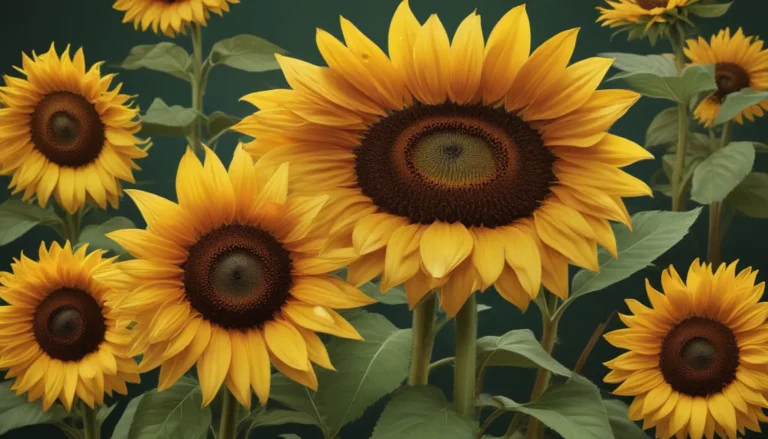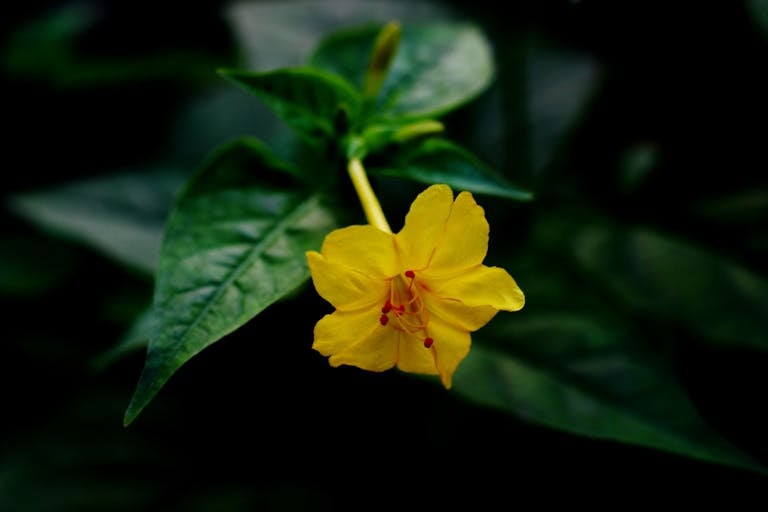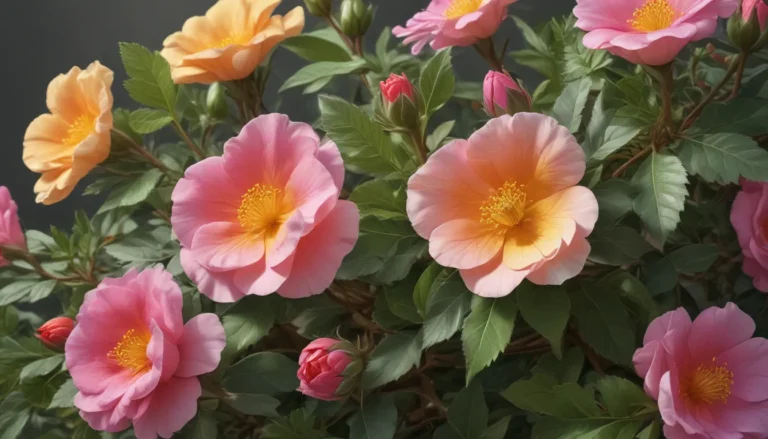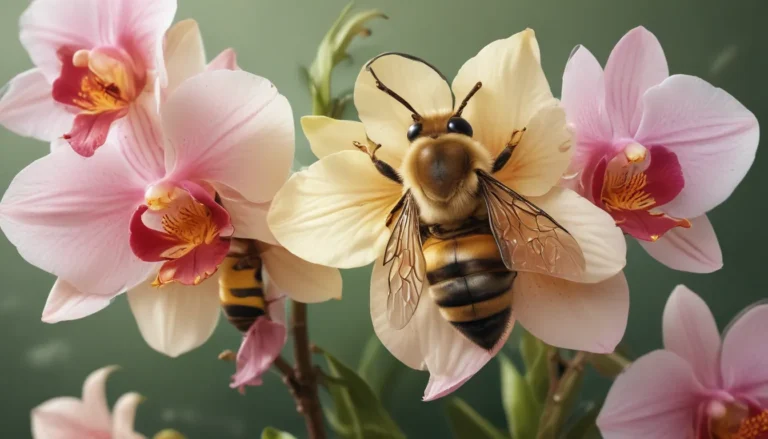The pictures we use in our articles might not show exactly what the words say. We choose these pictures to make you interested in reading more. The pictures work together with the words but don’t take their place. The words still tell you the important facts.
Prairie Smoke, also known as Geum triflorum, is a captivating wildflower that thrives in the prairies and grasslands of North America. With its delicate pink flowers and intriguing seed heads, prairie smoke stands out among native flora, attracting both botany enthusiasts and nature lovers alike. In this article, we will delve into nine fascinating facts about prairie smoke, shedding light on its biology, ecology, and cultural significance. Whether you're a gardener looking to incorporate native beauty into your landscape or simply curious about nature's wonders, join us on a journey through the enchanting world of prairie smoke.
Prairie Smoke: A Resilient Wildflower
- Prairie smoke, also known as Geum triflorum, is a resilient wildflower with bell-shaped blossoms that bloom early in the spring, attracting pollinators and providing essential habitat for wildlife.
- Its unique appearance, ability to thrive in challenging environments, and historical use by Native Americans make prairie smoke a captivating and ecologically significant wildflower in North America.
Prairie Smoke’s Unique Appearance
One glance at the prairie smoke and you'll be entranced by its unique beauty. The flower showcases drooping, bell-shaped blossoms in a deep reddish-pink hue. The sepals of the flower curl outward, resembling smoke rising from a fire, hence the name prairie smoke.
An Early Bloomer
Prairie smoke is among the first wildflowers to bloom in spring, with blooms appearing as early as April. Its vibrant blossoms add a splash of color to the barren prairies, welcoming the arrival of spring after the long winter months.
Curious Seed Heads
After the flowers of prairie smoke fade, the plant produces captivating seed heads that resemble feathery plumes. These unique structures are often used in dried flower arrangements, adding an intriguing touch to floral displays.
Thrives in Challenging Environments
Prairie smoke is well-adapted to survive in the harsh conditions of the prairie ecosystem. It can withstand drought, strong winds, and even wildfires, thanks to its deep taproot that allows it to access water deep in the ground.
A Symbol of Resilience
Due to its ability to thrive in tough conditions, prairie smoke has become a symbol of resilience and strength in the natural world. It serves as a reminder that beauty can flourish even in the face of adversity.
Attracts Pollinators
The intricate blossoms of prairie smoke attract a variety of pollinators, including bees and butterflies. These insects play a crucial role in the plant's reproduction by transferring pollen from one flower to another, supporting the ecosystem.
Used by Native Americans
Prairie smoke has a rich history of use by Native American tribes. Various parts of the plant, such as the roots and leaves, were utilized for medicinal purposes, including treating coughs and fevers. Additionally, it held significance in ceremonial rituals.
A Natural Ground Cover
With its low-growing habit and spreading nature, prairie smoke acts as a natural ground cover, aiding in soil erosion control on prairies. Its presence plays a vital role in maintaining the delicate balance of the ecosystem.
Important for Wildlife
Prairie smoke provides essential habitat and food for various wildlife species, including small mammals, birds, and insects. These creatures rely on the plant for shelter and nourishment, highlighting its importance in the prairie ecosystem.
As you explore the enchanting world of prairie smoke, you'll uncover the beauty, resilience, and ecological significance of this remarkable wildflower. Whether you encounter it in nature or admire it in dried arrangements, prairie smoke continues to captivate both nature enthusiasts and admirers of floral beauty.
Conclusion: Appreciating the Beauty of Prairie Smoke
Prairie smoke, or Geum triflorum, is a fascinating and unique plant that graces the prairies of North America with its delicate pink flowers and feathery seed heads. Beyond its aesthetic appeal, prairie smoke offers medicinal uses, ecological importance, and serves as a vital component of the prairie ecosystem. As you encounter this remarkable species, take a moment to appreciate its beauty and significance in the natural world.
Frequently Asked Questions about Prairie Smoke
- Where can I find prairie smoke?
- Prairie smoke is primarily found in the prairie regions of North America, thriving in dry habitats like grasslands and meadows.
- What does prairie smoke look like?
- Prairie smoke features unique reddish-pink flowers that transform into feathery, silver seed heads, resembling wisps of smoke.
- Is prairie smoke a rare plant?
- Prairie smoke is not considered a rare plant, as it is a hardy species well-adapted to the prairie environment.
- Are there any medicinal uses for prairie smoke?
- Yes, prairie smoke has been used in traditional medicine for centuries, particularly by Native American tribes.
- Can prairie smoke be grown in gardens?
- Prairie smoke can be grown in gardens, adding beauty and ecological value to landscapes while attracting pollinators.
- How do I care for prairie smoke plants in my garden?
- Prairie smoke plants prefer well-drained soil, full sun, and minimal watering, making them low-maintenance additions to gardens.
- Is prairie smoke a good plant for pollinators?
- Prairie smoke is an excellent plant for pollinators, attracting beneficial insects like bees and butterflies.
- Does prairie smoke have any special characteristics?
- One unique characteristic of prairie smoke is its distinctive seed heads that resemble an upside-down pineapple.
- Are there plants similar to prairie smoke?
- Several plant species, such as prairie coneflower and pasqueflower, share similarities with prairie smoke and complement each other in prairie ecosystems.
Embark on a journey of discovery through the fascinating world of plants, from prairies to woodlands, and uncover the marvels of native flora like prairie smoke. Dive into the captivating beauty and ecological significance of these remarkable species, deepening your understanding of the interconnectedness of all living things. Explore, learn, and appreciate the wonders of the natural world with each encounter of prairie smoke and other enchanting wildflowers.
